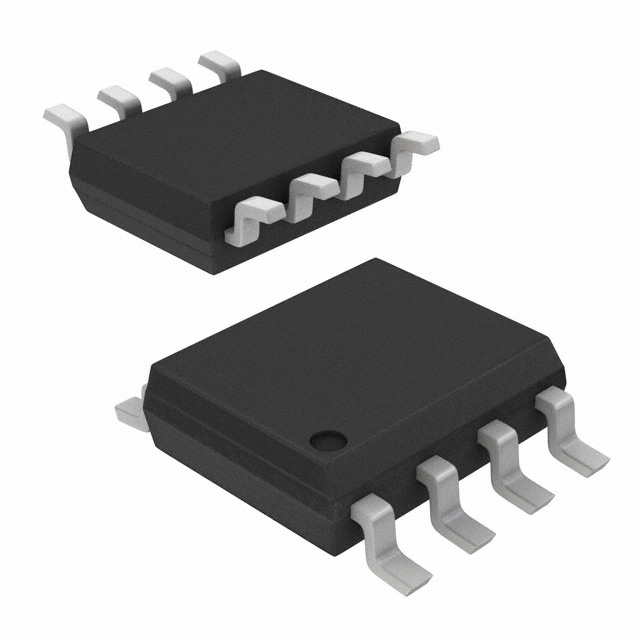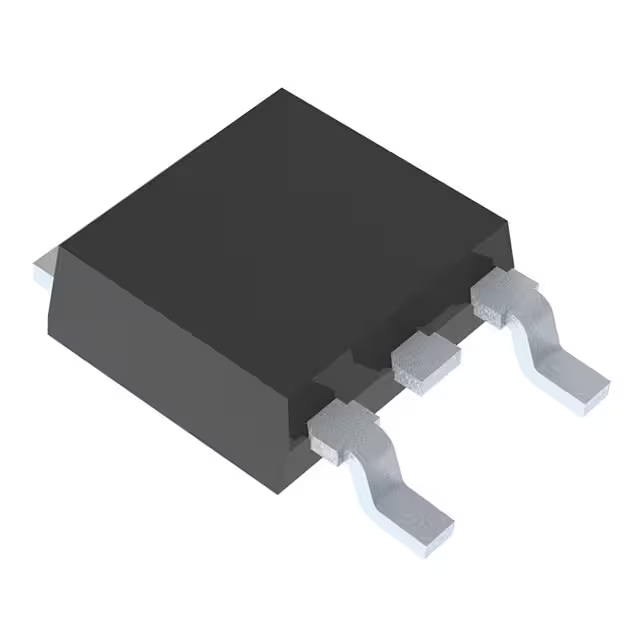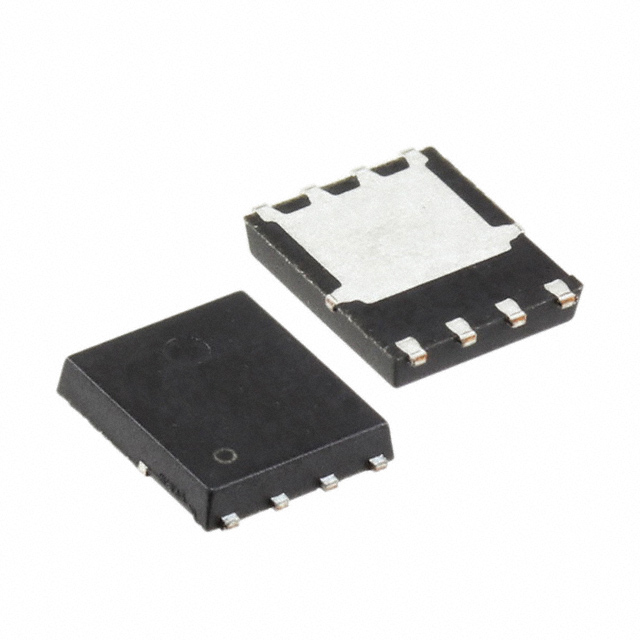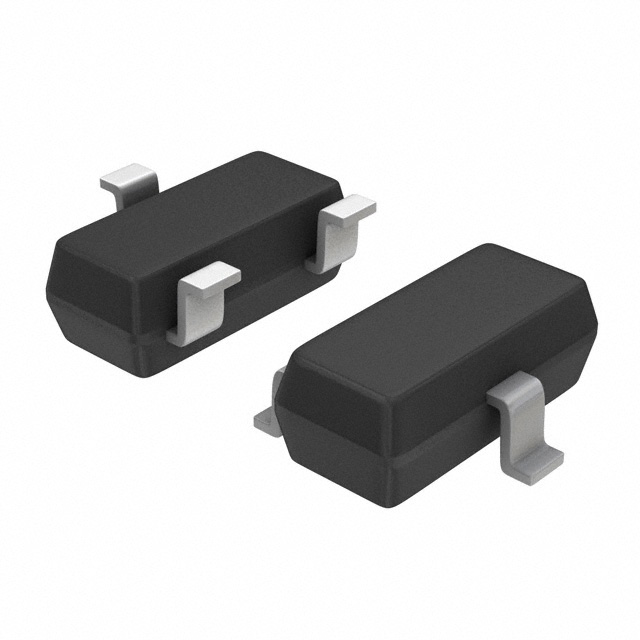IRF640 | Amplifier Circuit, Pinout, Equivalent, Transistor
- 場效電晶體類型: N溝道
- 漏源電壓(Vdss): 200伏
- 持續漏極電流(Id)@25°C: 18A(Tc)
- 包裹: TO-220

訂單滿 HK$250.00 即可享有免運

快速回應,快速報價

閃電出貨,售後無憂

原廠通路,正品保證
IRF640 transistor, Utsource
IRF640 Pinout Equivalent
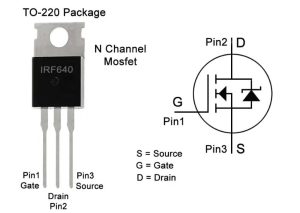
irf640 pinout Picture
The IRF640 is an N-channel power MOSFET (fifth generation HEXFET power MOSFET) produced by International Rectifier Corporation, which is widely used by electronic engineers in the design of switching power supplies, protection circuits and power amplification circuits. Its main advantages are high voltage resistance, low on-resistance and good switching characteristics, and IRF640 is very popular in power electronics design. In some cases, we may need to look for an alternative model. Therefore, this article will introduce the pin function of IRF640 and give some alternative selection.
Important parameters:
Maximum withstand voltage: 200V;
Can withstand continuous current: 18A;
The on-resistance is 0.18
On-voltage: 2~4V;
Package as: TO-220;
IRF640 Pin Menu:
| 別針 | 象徵 | 描述 |
|---|---|---|
| 1 | 門 | The switch used to control the MOSFET is generally connected to the driver circuit |
| 2 | 流走 | The drain of a MOSFET, usually connected to a positive power supply or load. |
| 3 | 來源 | The source of the MOSFET is generally connected to the ground or the other end of the load |
Alternative product model list:
| 圖片 | 姓名 | 類型 | 五dss | 五gs(th) | Id | 鈀 | 包裹 |
|---|---|---|---|---|---|---|---|
 |
IRF640N | N-MOSFET | 200伏 | 4伏 | 18A | 150瓦 | TO-220 |
 |
SVD640T | N-MOSFET | 200伏 | 2伏 | 18A | 150瓦 | TO-220 |
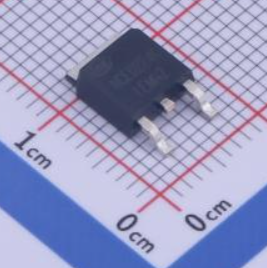 |
NCE0224K | N-MOSFET | 200伏 | 4伏 | 24A | 150瓦 | TO-252-2 |
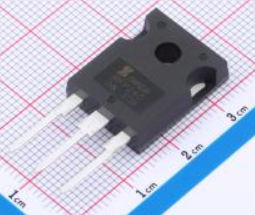 |
IRFP240PBF | N-MOSFET | 200伏 | 2伏 | 20A | 150瓦 | TO-247AC |
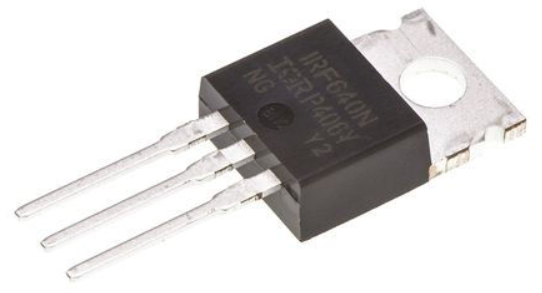 |
IRF640NPBF | N-MOSFET | 200伏 | 2伏 | 18A | 150瓦 | TO-220AB |
Vicarious considerations
When choosing an alternative model, there are two things to note:
1 Pin compatibility: Ensure that the selected model is exactly the same as the IRF640 (different is also OK, but to redesign the PCB);
2 Limit voltage value and current size: to choose the appropriate voltage and current value, to avoid insufficient damage to the circuit;


~~3.jpg)

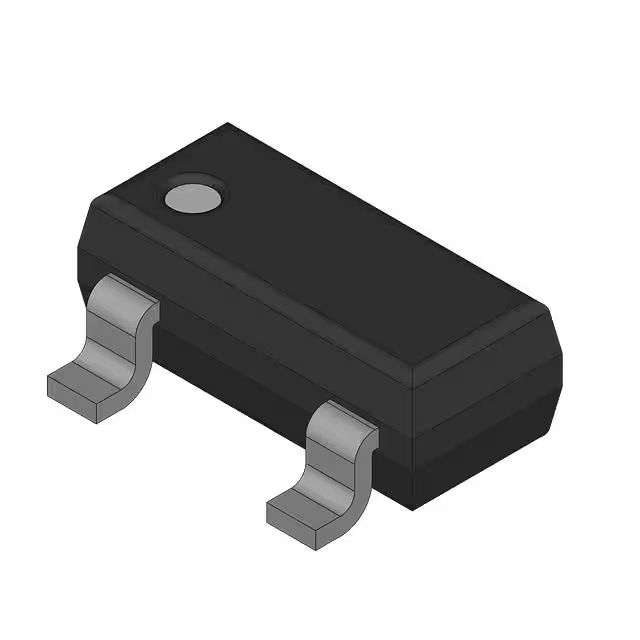

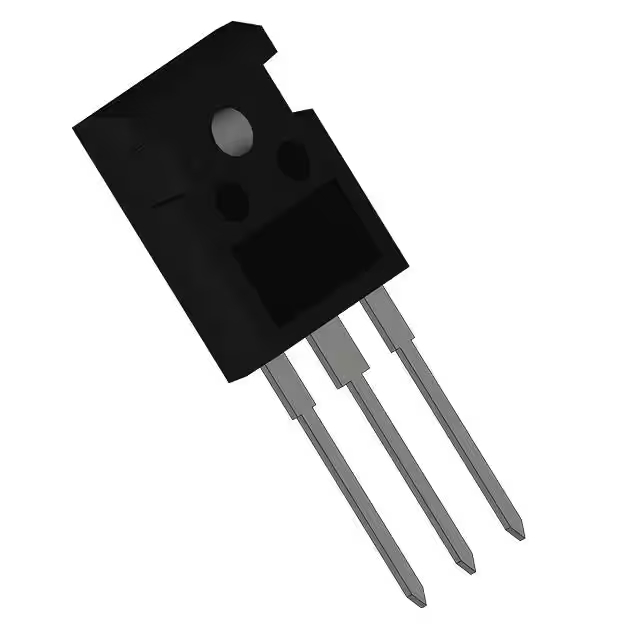
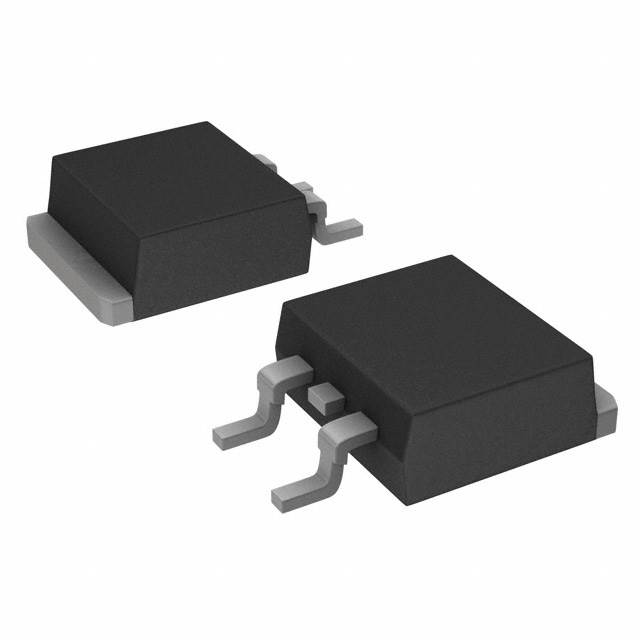


.jpg)
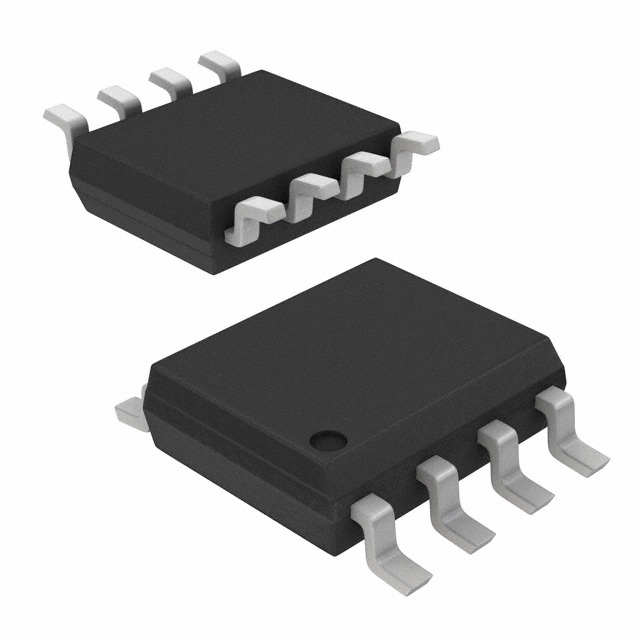





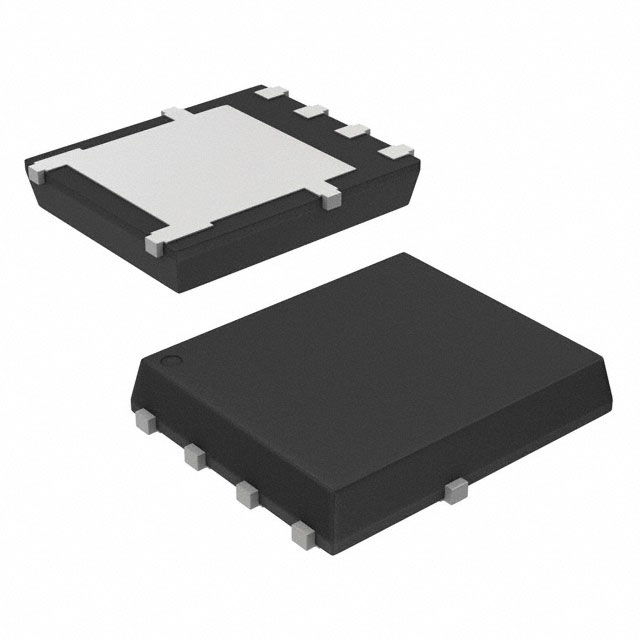

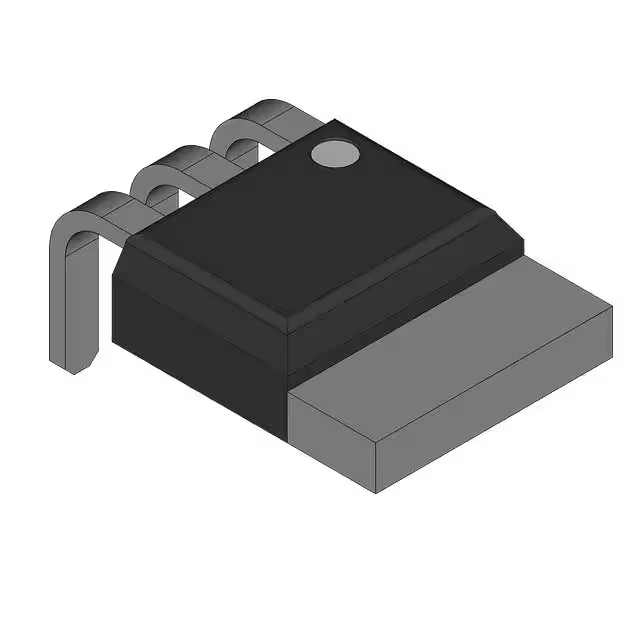
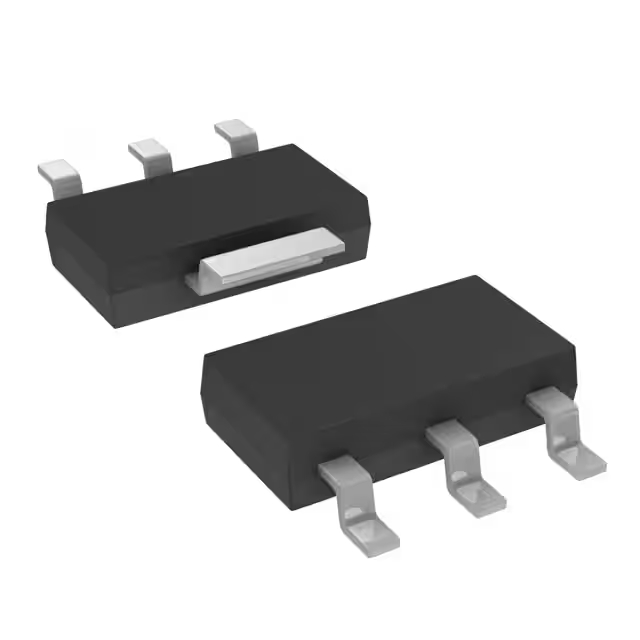
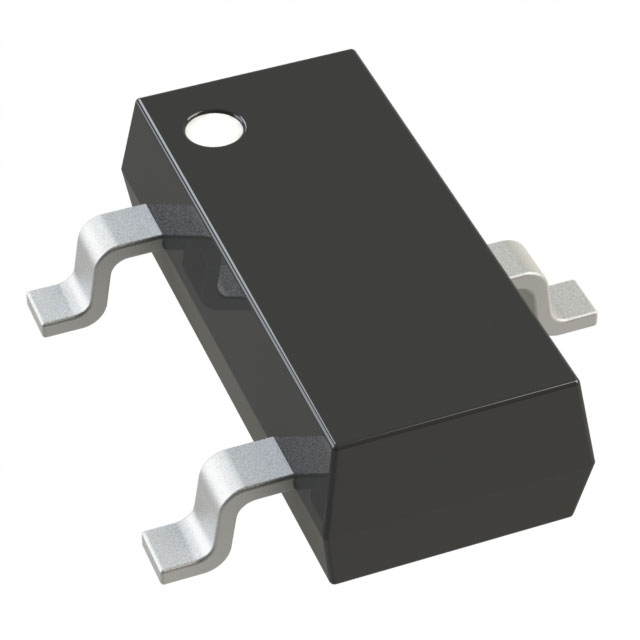
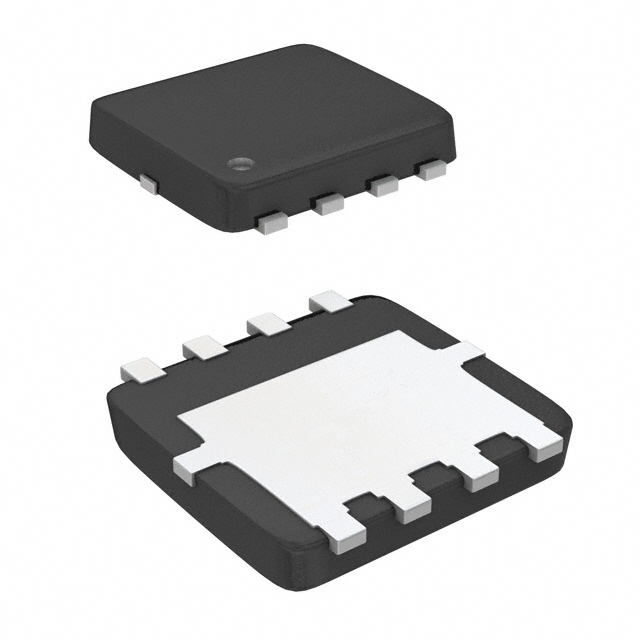


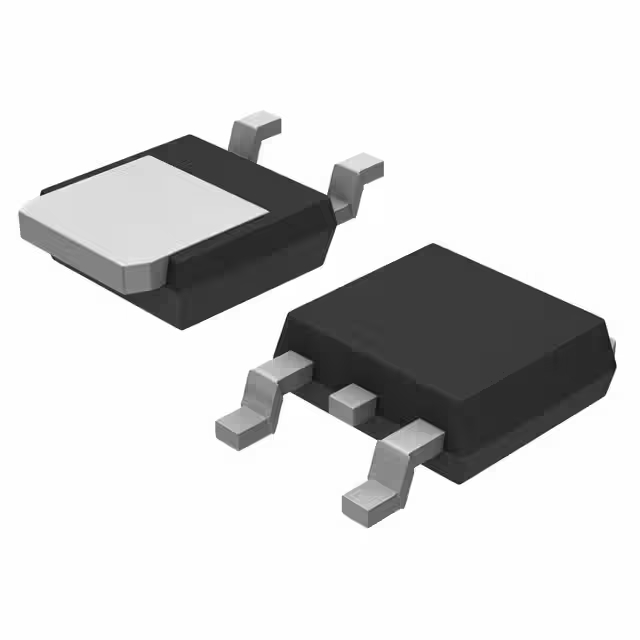
.jpg)
